Cambridge National ICT
Curriculum overview for OCR Level 1/Level 2 Cambridge Nationals in Information Technology
Curriculum intent – the knowledge, understanding and skills that students will learn
This qualification is intended for students who wish to develop independence and confidence in using a range of IT skills that would be relevant to the IT sector, the world of work and their personal life. For instance, they will be taught a range of spreadsheet skills which will allow them to plan, design, create, test and evaluate a spreadsheet solution to meet a client’s requirements. They will explore the purpose and use of Augmented Reality (AR) in different contexts and on different digital devices. They will learn AR skills to design, create, test and review an AR model prototype. Students will also develop their theoretical knowledge and understanding about the use of IT in the digital world and its impact on our every-day life. They will be taught to understand the uses of digital technology, including the Internet of Everything, how data is used and tested, about cyber-security, legislation relating to the use of IT and about digital communication systems. They will also learn about the different design tools that can be used to create applications and the essential principles behind the use of human computer interfaces.
Curriculum implementation – teaching, learning and assessment strategies
We make full use of the Microsoft Teams learning environment to distribute our learning content in every lesson and to collect homework. The linked theory underpinning the coursework units is namely design, the human computer interface and the use of data and testing. For this reason, we start teaching ‘IT in the digital world’ at the start of Year 10 and build on it to deliver teaching on spreadsheets and, later on in the year, the ‘Augmented Reality’ unit. The revisiting of key concepts in different contexts helps students grasp that the planning, designing, creating, testing and evaluating processes of all IT solutions and products are based on a common approach and that these are transferable skills throughout all creative industries. Our teaching and learning pedagogy makes use of didactic presentations interspersed with individual, as well as group work, to research and carry out practical tasks which precede or follow the introduction of theory. Our approach is to make all theory as concrete as possible through meaningful practical activities. We provide students with a digital coursebook for the ‘IT in the digital world’ theory unit and advise them to purchase the Hodder Education My Revision Notes for the Cambridge National in IT (J836 specification). In lessons, students make notes in their exercise books and we ask them to memorise key terms and concepts which can be assessed by multiple choice quizzes, vocabulary and definitions tests, closed and open exam questions. We also set revision homework on the ‘Zig Zag Education E-Revision portal’. Finally, we ask students to make use of video tutorials to continue developing their practical skills at home independently.
Curriculum impact – intended outcomes for students
As a result of studying Cambridge Nationals in ICT, students are able to understand and apply the fundamental principles and concepts of IT, including the use of IT in the digital world, the Internet of Everything, data manipulation and Augmented Reality. They learn how to understand, apply and use IT appropriately and effectively for a purpose and target audience and develop learning and practical skills that can be applied to real-life contexts and work situations. Students develop their ability to think creatively, innovatively, analytically, logically and critically; to plan, design, create, test and evaluate and review IT solutions and products which are fit for purpose and meeting user/client requirements and apply design and Human Computer Interface (HCI) considerations appropriate for a defined audience; and to understand the different impacts of digital technologies on the individual, organisation and wider society.
Course overview for OCR Level 1/Level 2 Cambridge Nationals in Information Technology
Exam board: OCR - https://www.ocr.org.uk/qualifications/cambridge-nationals/it-level-1-2-j836/specification-at-a-glance/
Coursework: Yes - 60% of the qualification
IT in the digital world (Examination 40% of the qualification)
Topic Area 1: Design tools
Topic Area 2: Human Computer Interface (HCI) in everyday life
Topic Area 3: Data and testing
Topic Area 4: Cyber-security and legislation
Topic Area 5: Digital communications
Data manipulation using spreadsheets (Coursework 30% of the qualification)
Topic Area 1: Planning and designing the spreadsheet solution
Topic Area 2: Creating the spreadsheet solution
Topic Area 3: Testing the spreadsheet solution
Topic Area 4: Evaluating the spreadsheet solution
Using augmented reality to present information (Coursework 30% coursework of the qualification)
Topic Area 1: Augmented Reality (AR)
Topic Area 2: Designing an AR model prototype
Topic Area 3: Creating an AR model prototype
Topic Area 4: Testing and reviewing
